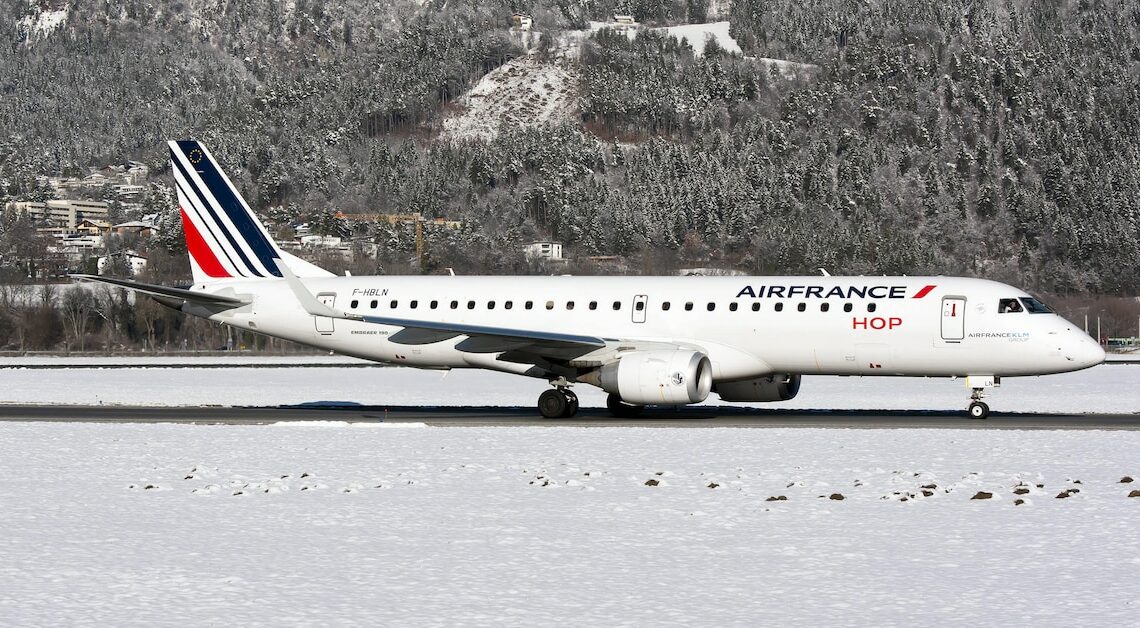
De-icing an aircraft is an important process that ensures safety and comfort and ensures a relaxing flight in winter.
For these reasons, de-icing the aircraft is important
During the cold months, thoroughly de-icing aircraft with special de-icing fluids (mixtures of water, alcohol and additives) or hot air before take-off is a crucial process to ensure a smooth flight.
- De-icing ensures that the aircraft's surfaces are free of any deposits that could compromise safety.
- In addition, removing ice ensures that the aircraft is able to take off and land.
- The control surfaces, such as ailerons, elevator and rudder, must be freely movable in order to control the aircraft safely.
- Regular de-icing also prevents mechanical damage to the aircraft structure and extends the service life of the aircraft.
- Compliance with the regulations and guidelines of the aviation authorities is important. Clearing ice and snow is therefore also a legal requirement that airlines must meet.
- Economic aspects also play a role. A well-deiced aircraft is more efficient, which can reduce fuel consumption and operating costs.
This is what happens when ice and snow remain on the wings
In addition to significant legal consequences for the airline concerned for failing to comply with certain regulations, failure to de-ice compromises both safety and comfort.
- Ice and snow on the wings and other surfaces negatively affect the aerodynamics of the aircraft. This leads to increased air resistance and a loss of lift.
- Ice prevents the aircraft from accelerating as needed during takeoff by increasing weight and reducing lift.
- When landing, ice can impair braking ability. Braking distances become longer and the risk of accidents increases.
- Ice formation can block the control surfaces and limit their movement, making it difficult to control the aircraft.
- In addition, the pilot's view of the instruments and the outside world is impaired, which is particularly dangerous during takeoff and landing.
- If the layer of ice remains on the wings, this also has an indirect impact on passenger comfort, as it leads to delays or turbulence during the flight.
Also interesting:
- Safest seat on the plane: front, back or middle?
- Airplane trick: How to keep the airplane seat next to you free
- Why don't airplanes have winter tires? Simply explained
